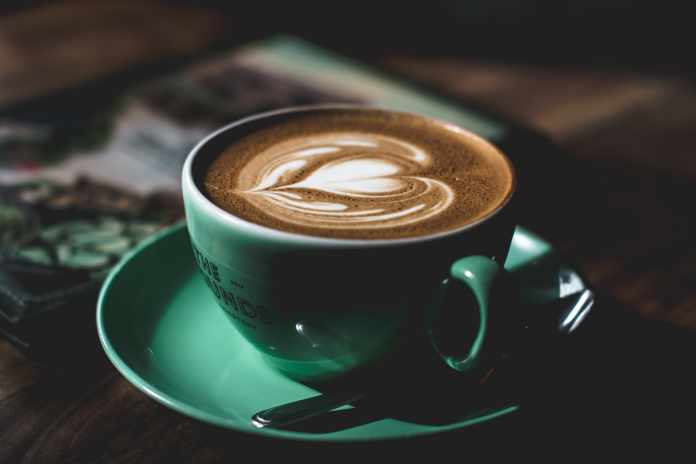Coffee is one of the most beloved beverages in the world. In fact, along with tea, alcohol, and soda, it is probably a daily part of life for billions of people. But did you know that while most, if not all, of the coffee you drink comes from one variety of bean, there are actually four basic kinds of coffee?
This post will break down the four different kinds of coffee beans, where they come from, what they taste like, and how they are prepared.
Table of Contents
Arabica (Coffea arabica)
This is one of the most common coffee beans in the world. In fact, Arabica beans make up about 60% of the entire coffee bean market. Because of the volume of these beans and their sensitivity to environmental alterations, they are usually grown in giant batches, which are individually called a “monoculture.” They need a high-altitude with consistent rain and shade and if they’re not in the right environment, their growth is affected and they become more vulnerable to disease.
There are all different varieties of how Arabica coffee beans are roasted and prepared. Many people prefer the bright flavors and aromas and obviously, it is best served hot. But people also brew using the pour-over technique as well as the drip coffee technique. Many regular coffee drinkers have become fans of alternate brew styles and inquire about how to make Turkish coffee, which is a bit more complicated than your average cup.
Robusta (Coffea caniphora)
Robusta is the second most-produced coffee bean behind Arabica. The name comes directly from the intensity of the coffee. You see, Robusta coffee contains about twice the amount of caffeine as Arabica. Robusta coffee beans are also far more invulnerable to their environment and able to withstand hot temperatures and disease.
So not only is the flavor and impact of the coffee robust, its origin requires it. Oddly enough, the bean’s high level of caffeine is part of what helps it defend itself against disease.
Because of Robusta’s powerful flavor and caffeine level, it is often served with large amounts of cream and sometimes as iced coffee. In fact, Vietnamese-style coffee, which is served cold, iced, and full of cream and sugar, is usually made with Robusta coffee beans.
Liberica (Coffea liberica)
Liberica beans are different; not only are they far rarer than Arabica and Robusta, but they also have a large, irregular shape and a smoky taste than many coffee drinkers say is unlike anything else they’ve ever tasted.
Liberica coffee beans also have an interesting history, as growers in 1890 used the bean to supplement coffee production after the great coffee rust catastrophe that destroyed over 90% of Arabica harvests. This was the start of a long story that involved the Philippines using Liberica coffee to grow its economy.
Liberica coffee is difficult to find these days and with lower caffeine levels and plants that grow up to 9 meters, is considered a rare, exotic treat for coffee connoisseurs.
Excelsa (Coffea excelsa or Coffea liberica var. dewevrei)
Excelsa coffee is sometimes considered to be a part of the Liberica family of coffee beans because it grows on the same kinds of trees, but its taste and shape are so different that many coffee growers and producers like to differentiate between the two varietals. Contributing only 7% of the world’s coffee beans, Excelsa grows in Southeast Asia.
Coffee connoisseurs seek out Excelsa coffee all around the world because of its unique taste, which is described as tart and fruity, yet bold and dark. Basically, it tastes like a light roast with characteristics of a dark roast.
Most of the time you drink coffee, you’re getting Arabica coffee beans, but keep in mind that there are three other varietals and they all have distinctive tastes. Next time you’re eating Thai or Vietnamese food, get an iced coffee and try Robusta. And if you ever get a chance to try Liberica or Escelsa coffee beans, don’t pass up the chance. You’ll be drinking an exotic coffee that is increasingly difficult to find.



















